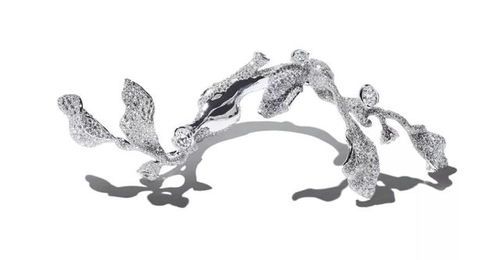Content:
Introduction: Tilapia, known for its mild flavor and firm texture, has become a favorite among anglers and seafood enthusiasts alike. Whether you're a seasoned fisherman or a beginner looking to try your hand at catching tilapia, mastering the art of rod and reel fishing can greatly enhance your chances of success. In this article, we will delve into the essential techniques for catching tilapia using a rod and reel, providing you with the knowledge and skills to become a proficient angler.
Choosing the Right Equipment: The first step in successful tilapia fishing is selecting the appropriate equipment. Here are some key factors to consider:
a. Rod: A medium-action rod with a length of 6 to 7 feet is ideal for tilapia fishing. This rod provides enough sensitivity to detect light bites and the necessary backbone to handle the fight.
b. Reel: A spinning reel with a capacity of 6 to 10 pounds is suitable for tilapia. Ensure that the reel is well-oiled and functions smoothly.
c. Line: Use monofilament line with a test strength of 6 to 12 pounds. This line is strong enough to handle tilapia but light enough to avoid spooking them.
d. Lures and Baits: Tilapia are attracted to a variety of lures and baits, including artificial lures, live bait, and cut bait. Experiment with different options to see what works best in your fishing spot.
Locating Tilapia: Understanding where to find tilapia is crucial for a successful fishing trip. Here are some tips to help you locate these fish:
a. Habitat: Tilapia are commonly found in warm, shallow waters with plenty of vegetation. Look for areas with submerged vegetation, such as grass beds, cabbage, or hydrilla.
b. Time of Day: Tilapia are most active during the early morning and late afternoon. These are the best times to fish for them.
c. Water Temperature: Tilapia thrive in water temperatures ranging from 70 to 90 degrees Fahrenheit. Fish in waters that meet this temperature range to increase your chances of catching them.
Presenting Your Bait: Properly presenting your bait is essential for enticing tilapia to bite. Here are some techniques to try:
a. Cast and Retrieve: Cast your lure or bait out into the water and retrieve it slowly, mimicking the natural movement of prey. Vary the speed of your retrieve to see what works best.
b. Jigging: Jigging involves repeatedly lifting and dropping your lure or bait in short, sharp movements. This technique can be effective in areas with submerged vegetation or structure.

c. Trolling: Trolling involves slowly dragging your lure or bait behind a boat. This method can cover a large area and is effective for catching tilapia in open water.
Reading the Bites: Being able to recognize a tilapia bite is crucial for successful fishing. Here are some signs to look out for:
a. Sudden Jerks: Tilapia often make sudden, sharp movements when they bite. Be prepared to set the hook quickly.
b. Line Twisting: Tilapia have a tendency to turn and twist when they bite. Pay attention to any unusual movements in your line.
c. Tug-of-War: Tilapia can be quite strong, so be prepared for a fight. Set the hook firmly and maintain pressure on the fish to prevent it from escaping.
Landing the Fish: Once you've hooked a tilapia, it's time to land it. Here are some tips to ensure a successful catch:
a. Keep the Line Taut: Maintain tension on the line to prevent the fish from swimming away.
b. Use a Net: Tilapia can be slippery, so using a net can help you safely land the fish.
c. Be Patient: Tilapia can be quite strong, so be patient and allow the fish to tire out before attempting to land it.
Conclusion: Catching tilapia using a rod and reel requires patience, practice, and a good understanding of the fish's habits. By following these essential techniques, you'll be well on your way to becoming a proficient tilapia angler. Remember to always practice catch-and-release fishing to preserve the tilapia population and enjoy the thrill of the catch. Happy fishing!












